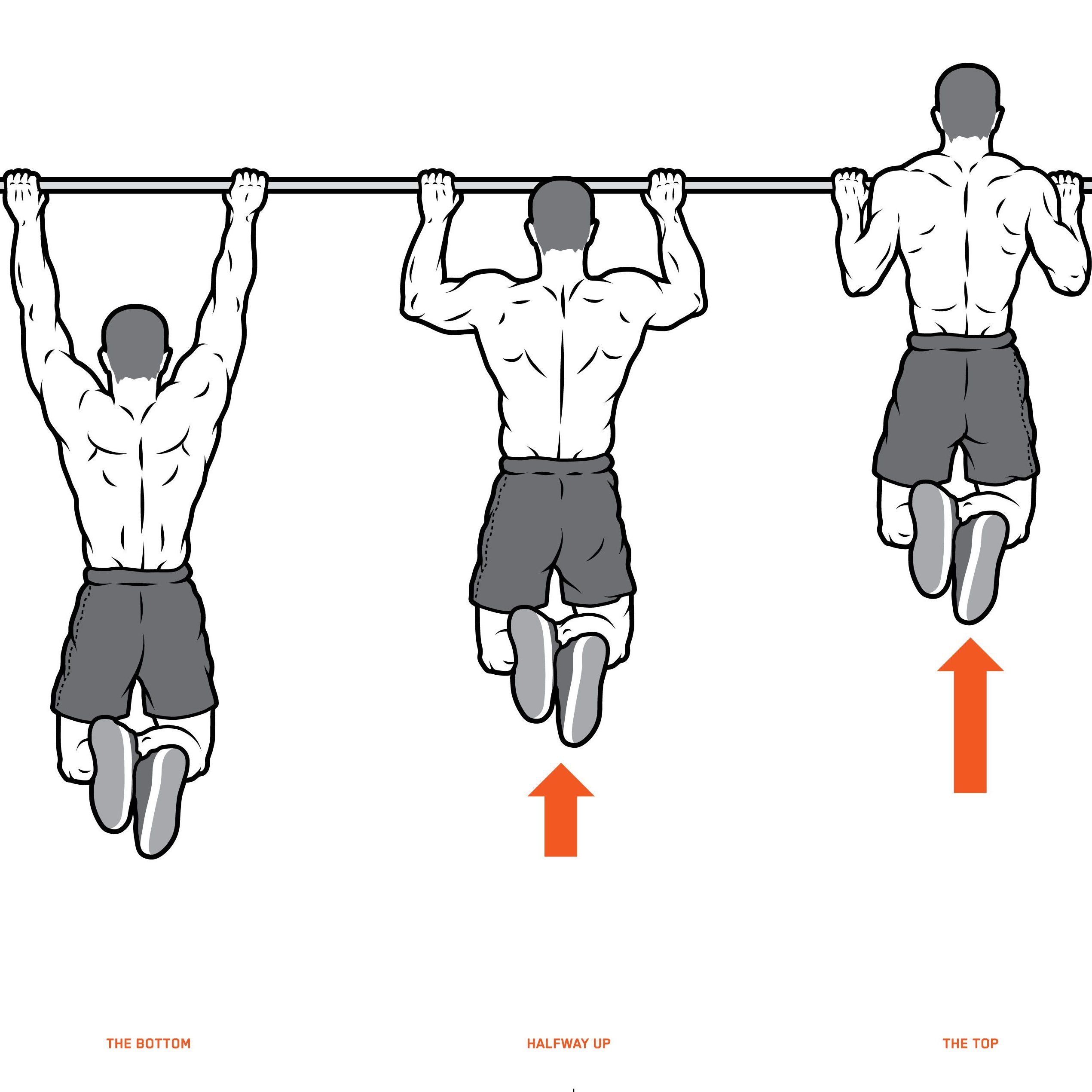
Welcome to mobilityabilityagility.com, where you may learn how to increase your strength, mobility, and agility. We will examine the pull-up in this post, a traditional yet effective upper body workout that may improve your strength and mobility. Mastering the Pull Up can help you get closer to accomplishing your fitness objectives and reaching new heights, whether you’re an aspiring athlete or just wanting to improve your general fitness.
Understanding the Pull Up
The pull up is a bodyweight exercise that focuses largely on your upper body muscles, such as your back, shoulders, and arms. By grasping an overhead bar and pushing yourself up until your chin is above the bar, you raise your full body weight.
Preparing for the Pull Up
Warm up your upper body with dynamic stretches and low-intensity aerobics before trying pull-ups. Your muscles will be more prepared for the challenge ahead and injury will be less likely if you warm up properly.
Mastering the Proper Pull Up Form
Follow these steps to perform a Pull Up with proper form:
- With your hands slightly wider than shoulder width apart and facing away from you (pronated grip), hang from an overhead bar.
- Retract your shoulder blades and engage your core.
- By bending your elbows and pressing your shoulder blades together, pull your body upward.
- Up till your chin is over the bar, keep moving.
- Return to the starting position slowly by lowering yourself there.
Benefits of the Pull Up
The Pull Up offers numerous benefits for your mobility training and overall fitness:
- Upper Body Strength: The Pull Up strengthens and stabilises your whole upper body by focusing on the muscles in your back, shoulders, and arms.
- Grip Strength: Grip strength is improved when you hold on to the bar, which is useful for a variety of daily tasks and other workouts.
- Core Engagement: By supporting your body throughout the pull-up, your core muscles play a critical part in developing core strength.
- Improved Posture: The pull up can enhance your posture and lower your chances of back problems by strengthening your back muscles.
Modifying the Pull Up
If you’re a beginner or find Pull Ups challenging, consider these modifications:
- Assisted Pull Ups: To lighten the stress on your upper body, use a resistance band or an aided Pull-up machine.
- Negatives: Focus on the eccentric part of the action as you lower yourself gently from the top of the bar.
Incorporating Pull Ups into Your Fitness Routine
Do the pull-up 2-3 times a week in your exercise regimen to get the most out of it. As you advance, aim for 3-5 sets of 5–10 repetitions, progressively increasing the intensity.
Pull Up Variations
Challenge yourself with these Pull Up variations to keep your workouts exciting:
- Wide-Grip Pull-Ups: To highlight your lats and shoulders, spread your hands out on the bar.
- Close-Grip Pull Up: To concentrate on your biceps and lower back, bring your hands closer together on the bar.
- Commando Pull Up: Pull-ups are performed in the commando position when one hand is towards you and the other is facing away.
Safety Tips
Ensure a safe and effective Pull Up practice with these tips:
- Limit your swinging and keep your balance at all times.
- To lower the chance of injury, carry out the activity carefully.
The pull up is a potent and useful exercise that may improve the strength and mobility of your upper body. Pull Ups can help you improve your overall fitness and help you achieve new levels of fitness. At mobilityabilityagility.com, embrace the challenge, pay attention to good form, and watch as your strength soars to new heights. Start working towards mastering the pull-up now to reveal a more powerful, mobile, and motivating version of yourself.
